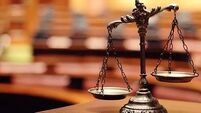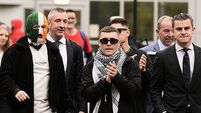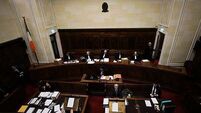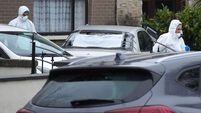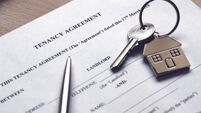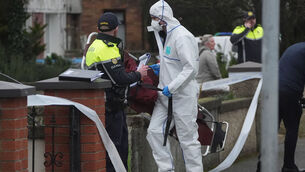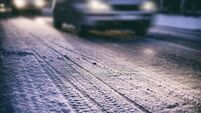A 1916 diary....NOT in the news (March 7 - 13, 1916)
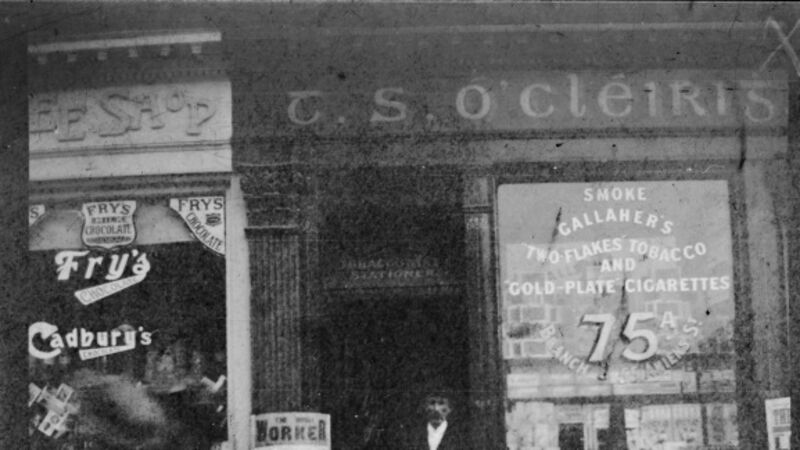
- Jennie Wyse Power was one of many visitors to the shop of Thomas Clarke, Irish Republican Brotherhood (IRB) Military Council member, at 75 Parnell Street in Dublin. The first president of women’s organisation Cumann na mBan, her nearby restaurant and shop on Henry Street was the location where the Proclamation of the Republic was finalised and signed in the days before the Rising in Holy Week 1916.
- At 2 Dawson Street in Dublin, head office of the Irish Volunteers, those who visited included JJ Walsh, Edward Daly, and future signatories of the Proclamation, Thomas MacDonagh and Eamonn Ceannt.
- In early March, John Devoy in New York received a reply from Germany to his messages seeking arms for the rebellion in Ireland. It told him they could be brought to Fenit pier in Tralee Bay, and that Irish pilots should signal with three green lights from dawn of April 20, the Thursday of Easter week. But this was a day earlier than Devoy requested the arms to arrive. The Germans only promised 20,000 rifles, and not the 100,000 he had hoped for.
- Countess Marckievicz was seen by police returning to Dublin. The night before, she gave a lecture at City Hall in Cork on the life of Robert Emmet, described by local police there as “a very seditious utterance”. But, they reported, it would “have no effect as there were no persons present except Sinn Féiners and members of the Cumann na mBan to the number of about 350”.
- An anniversary concert in memory of Emmet at Dublin’s Mansion House presented an opportunity for Clarke’s Military Council counterparts — Seán MacDiarmada and Eamonn Ceannt — to meet. Also in the 1,000-strong audience were IRB Supreme Council member Diarmuid Lynch, and other ‘extremists’ noted by Dublin Metropolitan Police (DMP) detectives were Volunteers founder Bulmer Hobson, Herbert Mellows, Piaras Béaslaí, Thomas Hunter, John Neeson and John R Reynolds.
- Earlier in the day, MacDiarmada, Reynolds, Lynch, future Irish President Seán T Ó Ceallaigh and Sinn Féin founder Arthur Griffith were among those who met at 12 D’Olier Street.
- Griffith, Edward Daly, Patrick Pearse, and others were seen visiting Clarke’s shop on this date.
- Irish Volunteers headquarters received visits from Hobson, Mellows, Éamon de Valera, JJ O’Connell, Michael O’Hanrahan, MacDiarmada, Ceannt and Pearse, among others also seen by police.
- Police recorded ‘suspect’ Thomas Byrne in Cork exile JJ Walsh’s tobacconists shop in Blessington Street.
- Griffith, Béaslaí, Pearse and Ceannt were seen by DMP meeting in Sackville Street, now O’Connell Street, where the Proclamation would be read by Pearse outside the GPO just over six weeks later on Easter Monday, as the Rising began.
- Clarke’s shop was visited by, among others, Con Colbert and Edward Daly. All three would be executed for their roles in the Rising in less than two months.
- DMP detectives noted Tom Clarke’s continued absence from the capital, while his shop was nonetheless used as a meeting place for Joseph McGuinness, William O’Leary Curtis, Frank Fahy, Edward Daly and Seán MacDiarmada.
- Terence MacSwiney, vice-commandant of the the Irish Volunteers’ Cork Brigade, was in Dublin for the meeting of the Gaelic League council. The previous day, as controversy surrounded earlier proposals that Cork’s upcoming St Patrick’s Day Parade should include local British army regiments, he had suggested nationalist ideas should be encouraged in Irishmen serving with the army as “they might be useful later”.
John Devoy’s reply to the Germans was sent from their embassy in Washington to Berlin: “Irish agree to proposition.”



